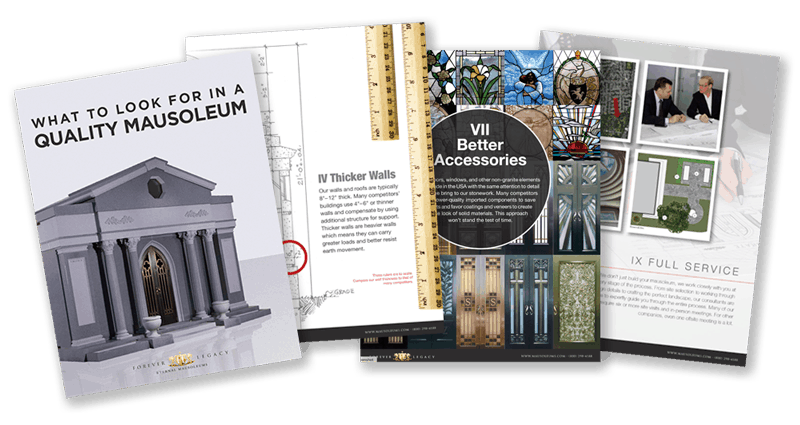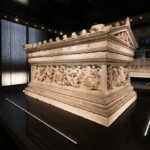Kennedy Mausoleum
Classical
John Stewart Kennedy Mausoleum
January 4, 1830–October 30, 1909
Woodlawn Cemetery
Bronx, New York
John Stewart Kennedy was born in Glasgow, Scotland. Although he received little formal education, he educated himself and got a job as a clerk. At age 20, he was sent to the United States to represent an iron firm for which he was working. Shortly after his arrival, he went into business with banker Morris K. Jessup. Kennedy became an adept negotiator, and was a skilled reorganizer. He used those skills when he became one of the receivers of the Central Railroad of New Jersey in 1888. In later life, he became involved in a number of philanthropic causes, and his will stipulated over $30 million in bequests. John Stewart Kennedy has been called one of America’s “little-known rich men.” His drab-colored garden-variety Classical Revival mausoleum belies a spectacular interior ceiling.
Text and copy © Douglas Keister Visit Doug’s Author Page
[address cemetery=”Woodlawn Cemetery” street=”517 E 233rd St” city=”Bronx” state=”New York” zip=”10470″]

